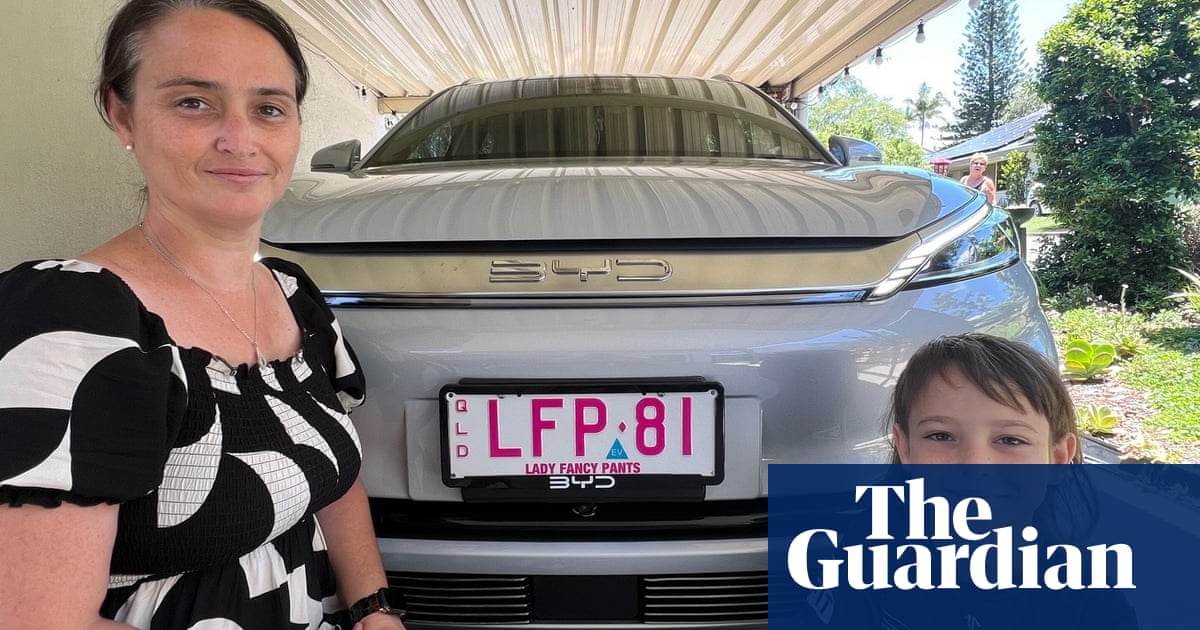An electric vehicle owner has used her car’s emergency power system to run her 11-year-old son’s lifesaving dialysis machine and another has ridden to the rescue of his neighbours after devastating storms cut power in south-east Queensland.
When the power went down following storms and flash flooding on Christmas Day, many residents immediately felt the consequences: electric gates did not work, septic tanks began to fill, air conditioners could not run and fridges began to warm as a heatwave followed.
But some electric vehicle drivers whose cars are equipped with “vehicle to load” systems – a back-up power system that allows the car to act as an emergency generator or supply for devices such as lights, laptops, TVs and refrigerators – stepped in to help out and, in some cases, save lives.



Having a static battery in the house that gets additional cycles, isn’t a big issue. Who cares if the capacity decreases by an additional 10 percent because of added cycles. Just get a battery that’s 10 percent larger from the start or add additional cells when you feel like it. In a mobile form factor, 10 percent can be a big difference. You can’t just scale up the battery when you feel like it and in the worst case scenario you would have to replace it. That’s why I would always be very conservative with using a car battery that way.